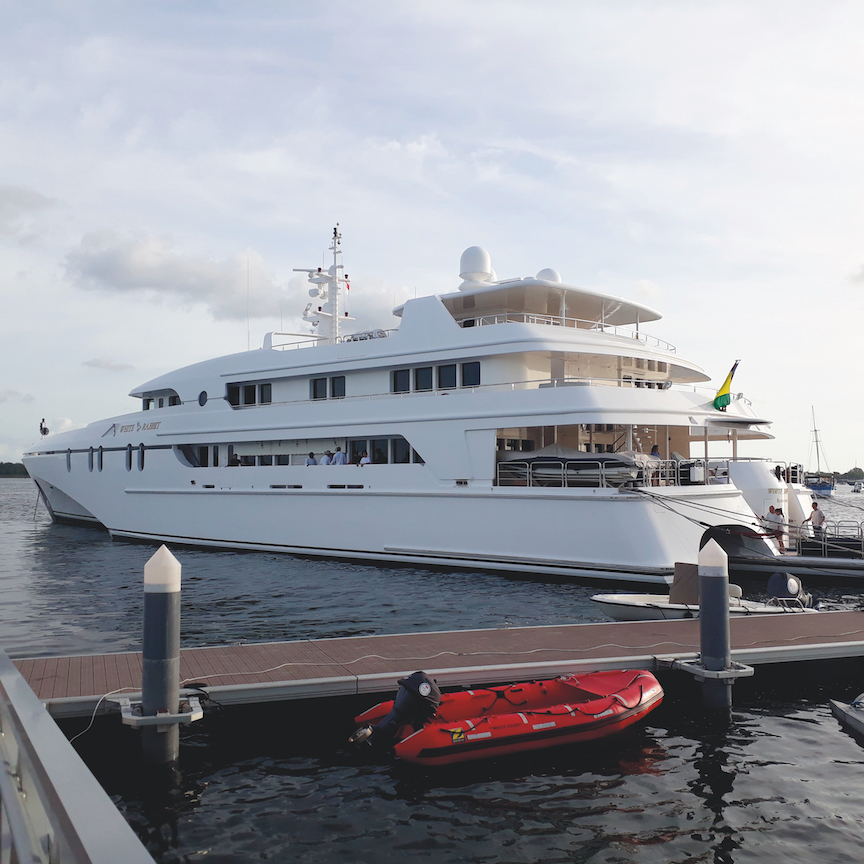- CURRENT NEWS / Asia
- 2 December 2019
THE CRUISING PERMIT PROCESS for Indonesia is evolving. During recent years, regulations have been changed in order to try and streamline the clearance process and domestic clearance requirements for visiting yachts.
In 2016, a new online Vessel Declaration document replaced the old CAIT. The timeframe for application has decreased from several weeks to a matter of days and – providing the documents have all been submitted correctly – a customs inspection in the port of arrival allows the vessel to be temporarily imported into the country for private cruising. The Vessel Declaration is a single-entry permit, valid for up to one year, with another two years of extension available.
So, assuming the website is online and connections work long enough to submit all the paperwork requested, the application process is indeed much easier than previously.
However, in preparation for the arrival inspections, multiple documents need to be prepared and, during the actual process, officials often ask for an array of both commercially focused and private vessel documents for their records. This part can be a daunting and complicated experience if preparations have not been made.
Immigration requirements are initially straightforward, with a Visa Exemption and/or Visa on Arrival issued at the majority of international ports. Social Visas are also an option for crew and guests with time to plan their arrival and visit an Indonesian embassy in advance of their arrival in the country.
Once the visas approach their expiration date, however, things can get a bit complicated, as not all visas can be extended and not all nationalities can apply for each visa, so it is important to be fully informed regarding immigration too.
Indonesia is a huge country covering an area similar in size to mainland North America and, as a result, there are 19 ports where a yacht can clear into the country under the Vessel Declaration system.
The main challenge with having so many international clearance options is that there is a lot of potential for harbour officials to interpret the regulations in different ways. In some locations, one document is integral to the clearance, while in others it may not even be mentioned.
It is highly advisable to work with an experienced shore support provider for your visit to the country.
Benefits include not only contacts in the CIQP offices to make sure things run smoothly, but also a vast network of drivers, provisioners, dive guides and other support services integral to the success of a cruising timeframe in Indonesia.
The relationship between shore support and the yacht is much closer in Indonesia than in a smaller cruising ground or English-speaking region. Much of the responsibility for logistical arrangements falls on the shore support team due to the language barrier, and as everyone knows, accuracy is key. Plan B and Plan C are fundamental, as things can quickly get confused if something doesn’t go right the first time.
A quality shore support provider also assists with jet ground handling or helicopter charter, and can provide dive leaders, lecturers, provisioning services and generally smooth the process requirements in some of the more challenging areas.
Cruising in Indonesia is exceptional and the cruising grounds are stunning; it’s simply very important to be prepared for the logistical requirements.






